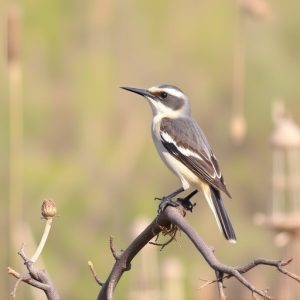Birding in southern Arizona is a global attraction due to its diverse ecosystem, which includes over 450 species of birds and supports thriving populations like Gray Hawks. San Pedro House offers a unique community for nature lovers and birdwatchers, where volunteers play a crucial role in monitoring and documenting birdlife, including rare Gray Hawk nests. These efforts enhance the birding experience while ensuring conservation for future generations. By participating in expeditions and community efforts, volunteers contribute essential data on species behaviors, promoting sustainable birding practices and protecting sensitive habitats.
In the heart of southern Arizona, a unique ecosystem thrives, attracting bird enthusiasts from near and far. The San Pedro House stands as a beacon for volunteers and nature lovers, offering a haven where they can contribute to vital conservation efforts. This article explores birding in southern Arizona, focusing on the critical role of volunteer observers in uncovering Gray Hawk nests. By delving into their techniques and the art of birding, we highlight the collective impact on protecting the region’s diverse avian population.
- Birding Paradise: Southern Arizona's Unique Ecosystem
- San Pedro House: A Haven for Volunteers and Nature Enthusiasts
- Uncovering the Gray Hawk Nests: The Role of Volunteer Observers
- The Art of Birding: Techniques to Spot and Document Species
- Conservation Efforts: Protecting Arizona's Avian Population
Birding Paradise: Southern Arizona's Unique Ecosystem
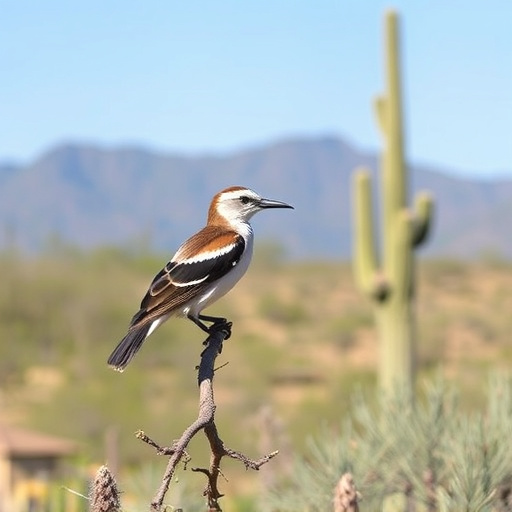
Southern Arizona is a true birding paradise, boasting a unique and diverse ecosystem that attracts bird enthusiasts from around the world. The region’s rugged mountains, expansive deserts, and lush river valleys create a dynamic environment for an astonishing array of avian life. This geographical diversity supports over 450 species of birds, making it one of the most bird-rich areas in North America.
The area is particularly renowned for its thriving population of Gray Hawks, a medium-sized falcon known for its impressive hunting abilities and distinctive calls. These remarkable birds nest in the region’s towering saguaro cacti and mesquite trees, providing volunteers with San Pedro House an exciting opportunity to observe their natural behavior up close. Birding in southern Arizona offers more than just a chance to spot these majestic creatures; it immerses visitors in a vibrant landscape where every corner holds the promise of a new and fascinating discovery.
San Pedro House: A Haven for Volunteers and Nature Enthusiasts
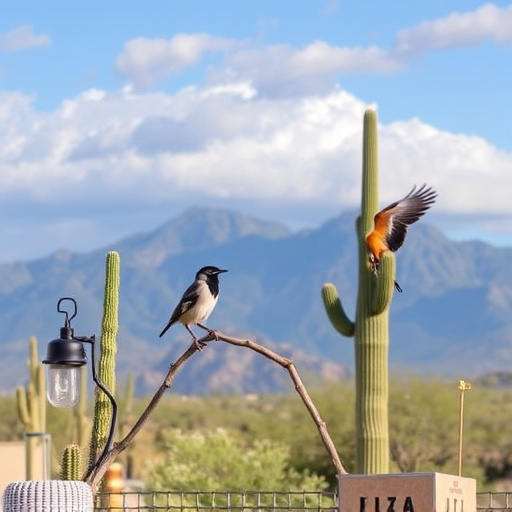
San Pedro House, nestled in the heart of southern Arizona, is more than just a haven for nature enthusiasts; it’s a vibrant community that welcomes volunteers passionate about conservation and birding. This unique location offers an unparalleled opportunity to engage in the protection and study of local bird species, especially the elusive Gray Hawk. With its strategic position, San Pedro House serves as a crucial hub for birdwatchers and researchers, facilitating up-close encounters with diverse avian life.
The volunteers who dedicate their time here play a vital role in monitoring and documenting the region’s rich birdlife. Their efforts contribute to the broader understanding of these birds’ behaviors and habitats, enhancing the overall experience for visitors interested in birding in southern Arizona. Through their work, they ensure that future generations can also appreciate and conserve the natural beauty that surrounds them.
Uncovering the Gray Hawk Nests: The Role of Volunteer Observers
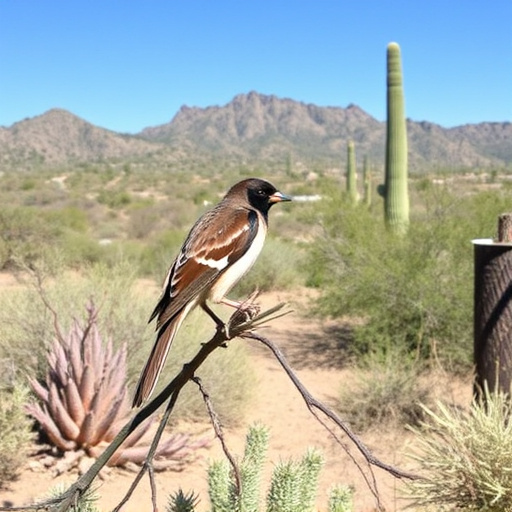
Uncovering the Gray Hawk Nests: The Power of Volunteer Observers
In the vibrant birding scene of southern Arizona, dedicated volunteers play a pivotal role in monitoring and protecting rare bird species. One such example is their contribution to the discovery and documentation of Gray Hawk nests. These agile raptors, known for their impressive hunting skills, have specific habitat requirements that make them sensitive to human activity. Volunteer observers, armed with knowledge and keen eyes, are essential in locating these nests without disturbing the birds or their nesting sites.
By participating in organized birdwatching expeditions or community conservation efforts, volunteers learn about Gray Hawk behavior and nesting patterns. They meticulously scan landscapes, often rugged and remote, for telltale signs of activity—from perched hawks scanning the horizon to subtle disturbances in the vegetation. Each observed nest is carefully recorded, providing crucial data for researchers and conservationists studying these elusive birds. Their efforts not only contribute to scientific understanding but also ensure that birding in southern Arizona remains a sustainable and responsible experience for enthusiasts and visitors alike.
The Art of Birding: Techniques to Spot and Document Species
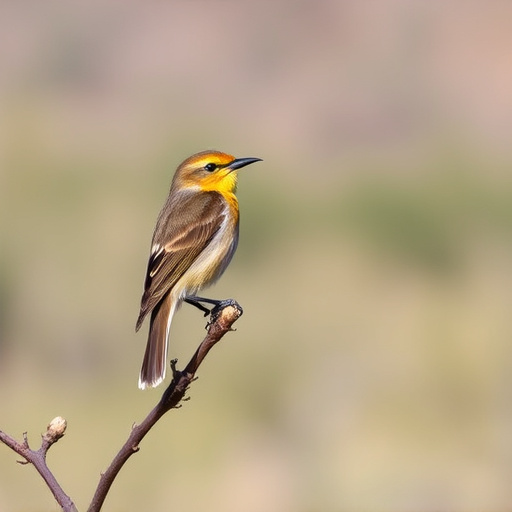
In the world of birding, southern Arizona is a vibrant tapestry of diverse species. Volunteers with San Pedro House have been fortunate to play a key role in documenting these wonders, particularly when it comes to the elusive Gray Hawk. The art of birding involves more than just scanning the horizon; it’s a symphony of techniques that enable enthusiasts to spot and identify even the most fleeting of birds.
One essential technique is to become familiar with the habits and calls of different species. In southern Arizona, birdwatchers often carry field guides and use binoculars to magnify distant views. They also employ silent observation methods, allowing them to witness birds’ natural behaviors undisturbed. Documenting findings through detailed notes and photography helps contribute to the broader understanding of local ecosystems, making birding in this region not just a hobby but a valuable scientific endeavor.
Conservation Efforts: Protecting Arizona's Avian Population
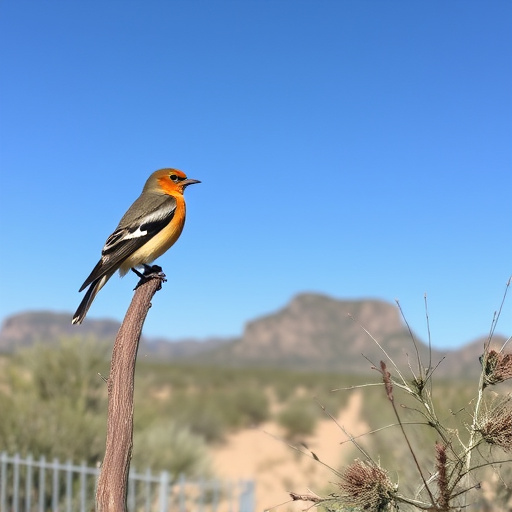
In the heart of southern Arizona, conservation efforts are thriving, with a special focus on protecting the region’s diverse avian population. Birding in this part of the state has become increasingly popular among enthusiasts and experts alike, who appreciate the unique ecosystem that supports numerous species, including the Gray Hawk—a bird of prey that relies heavily on the area’s natural habitats.
San Pedro House volunteers play a crucial role in these conservation efforts by guiding and educating the public about local nesting sites. Their work ensures that birders and nature lovers can enjoy the region’s natural beauty while also safeguarding the birds’ habitats. By promoting responsible birding practices, these volunteers contribute to the long-term survival of species like the Gray Hawk, making southern Arizona a premier destination for both conservationists and birdwatchers.
San Pedro House volunteers play a vital role in protecting and appreciating birding in southern Arizona. By guiding and educating, they ensure the preservation of unique ecosystems like these. Uncovering Gray Hawk nests highlights the importance of community involvement in conservation efforts, fostering a deeper connection with nature. This collaborative approach not only safeguards avian species but also enhances our understanding of their habitats, making it easier to navigate and appreciate this bustling birding paradise.
